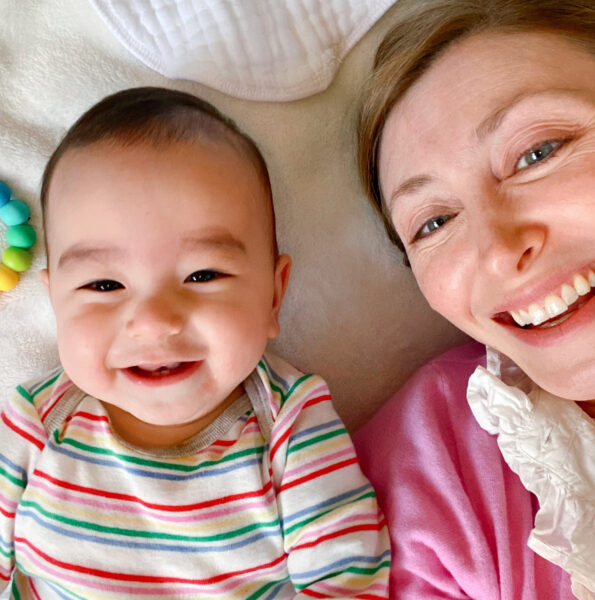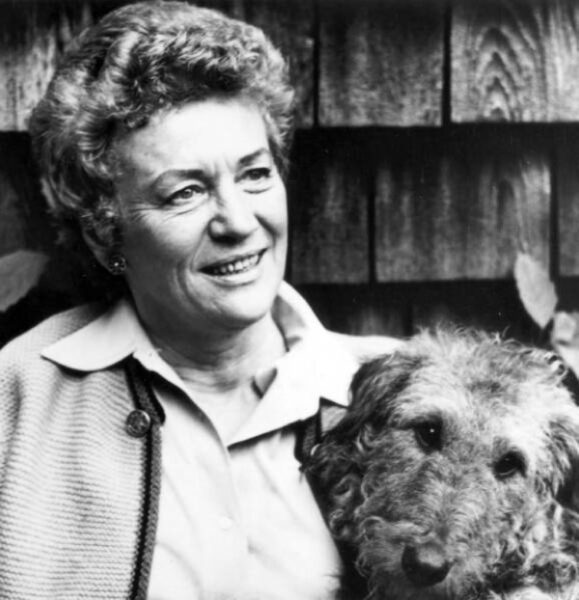A playful way to problem-solve

A Playful Way to Problem-solve
I can’t say I love everything about getting older, but one thing I do appreciate is the ability to more quickly recognize patterns in my own thinking and behavior. This is especially true when it comes to patterns that make me feel stuck or lost. Sometimes I find I’m getting in my own way, and if I recognize the pattern, I can shift my thinking and get out of it more quickly.
For example, one pattern I’ve come to recognize is what I call “puzzle thinking.” Puzzle thinking is where I’m ruminating on a problem I have, and it starts to feel almost impossible. All I can see when I look at the problem are obstacles, and it feels like there’s a mysterious solution I have to figure out before I can move forward. “Figure out” is a key element of puzzle thinking. A puzzle has a correct solution, and often there is only one that will work. Puzzle thinking becomes a game of trying to deduce what that solution might be. All other outcomes don’t solve the puzzle, and are therefore wrong, a failure.
Puzzle thinking is problematic because it narrows your focus.
It puts you inside the problem, so that you become a little like a rat in a maze, looking for a way out. When I’m in this mode, I notice that I get hyper-fixated on the constraints of the problem. The more I fixate on them, the more intractable they seem.
In my childhood home, we had an ironwork puzzle that used to sit on living room bookshelves. Known as Satan’s Stirrup, it was a kind of puzzle called a tavern puzzle, inspired by traditional designs that blacksmiths would make to amuse their friends in the tavern. It consisted of a set of interlocking shapes made of iron, one of which needed to be separated from the others to solve the puzzle. I spent hours as a child trying to solve that thing, and the more I would look at it, the crazier it seemed. Each piece was firmly interlocked with the others. There seemed no possible way to separate it.
I did eventually solve it. But it wasn’t when I was methodically examining and testing the different pieces. It was when I was bored with the puzzle itself, and started absentmindedly playing around with the pieces, twisting them this way and that with my hands. It was only then that I discovered one of the pieces moved in an unexpected way. I got stuck a half dozen more times after that, but each time, it was messing around with the thing that unlocked another step of the solution.
The antidote to puzzle thinking is play.
Play takes us outside the problem, focusing our attention on possibilities rather than constraints. When I was playing with the puzzle, I wasn’t thinking “How do I get this ring off of this other ring?” I was thinking, “How far can I bend this piece? What happens if I slide this ring all the way down?” While puzzle thinking looks for solutions, play explores. It’s all about the attempt, not the outcome.
It’s nothing new to say that play often unearths ideas and options that get overlooked when we’re banging our heads against the wall trying to solve a problem. And yet, even I find myself resistant to play sometimes. It feels hokey, unserious. It feels weirdly harder than traveling the well-worn path of trying to grind my way toward the answer. Maybe it’s because we have an illusion that solving a problem a traditional way is like walking a straight line, while play feels like a curvy, windy scenic route. And that might be true if we were just thinking about distance. But when we take speed into account, it’s more like the traditional path is being stuck in gridlock on a 5-lane superhighway, while play is breezing down the backroads with the top down.
I nearly always get there faster when I play with a problem, partly because the “there” I get to is a place that I wasn’t even looking for in my puzzle thinking mindset, and may not have even known existed. I also find more joy in the process.
An Example:
The other day I caught myself puzzle thinking my way through a business dilemma. I’d been working on new offerings for the School of Joy, and when I looked at the options I had come up with, nothing felt quite right. I could see offerings that met a need people have, but didn’t feel core to my area of expertise. I had ideas that seemed interesting, but so costly I’d go out of business trying to make them work. So I kept looking at these ideas trying to “Goldilocks” them — tweak the price or the language to make them work.
When I realized what I was doing, I stopped myself and asked, “What if I just play with this for a little bit?” Immediately, it took the pressure off. And right away, the ideas I came up with were much more compelling.
If play feels hard to do, here are a few ways to go about it:
Put fun first:
Ask yourself, What would the most fun way to do this? What would I really enjoy doing?
Play with extremes:
What would I do if I were optimizing only for time? For money? For scale? For simplicity? For the customer’s needs? For my own?
Use a different tool:
When my best friend and I were little, we invented a game called pancake turner ball that used spatulas instead of racquets to hit a ball around. Less efficient, way more fun. So if you usually bang out ideas on your computer, grab a pen and paper. Trade Illustrator for markers (or vice versa). Use index cards instead of post-its. Changing tools breaks the well-worn thought patterns and puts you into a more exploratory headspace.
Make believe it’s someone else’s problem:
If a friend came to you with this challenge, what might you say? When we feel responsibility for a problem, it tends to make us tense up. Pretending it’s someone else’s takes the pressure off and unlocks our creativity.
Do a thought experiment:
Choose an idea or option and imagine following it all the way through to its ultimate conclusion. Sometimes this opens up related ideas that are much more interesting than the initial one. It also allows you to assess how you feel about a particular option. Do you feel burdened when you get to the part where you’re executing on it, or excited?
Challenge the constraints:
What would you do if xyz limiting factor wasn’t an issue? What would you do if you had a million dollars to play with? What would you do if you could stop time to work on this? Who would you collaborate with if you could pick anyone in the world? What would you say if you weren’t afraid of what people thought?
Go for quantity:
This is one the cardinal rules of IDEO brainstorms, and it’s the perfect foil to the “one right answer” mindset of puzzle thinking. Instead of looking for one right answer, look for a hundred answers, and see what bubbles up when you push yourself to go for quantity. (I actually just read this one back and inspired myself to try this on a problem I’m working on. I need the reminder as much as anyone!)
What I’ve noticed when I shift into a play mindset is that initially I feel a little stressed. I wonder, “Is this going to work, or is it just going to be a giant waste of time?” But when I let myself stay in play for a little while, I’m reminded that the narrow mindset of puzzle thinking just isn’t an accurate representation of reality. There’s rarely only one solution to a problem. And the relief of seeing a diverse set of possibilities emerge connects me to my sense of optimism. I’m no longer trying to find the path in an overgrown forest. I’m making my own path, creating a new way for myself as I go along.




Leave a Comment